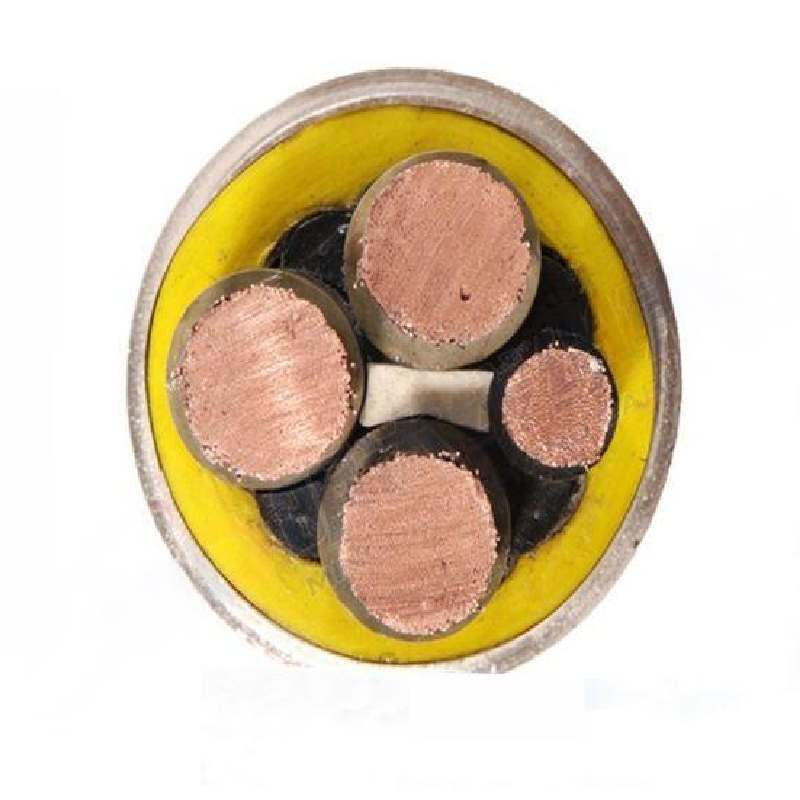sep . 13, 2024 14:49 Back to list
rubber joint flange
Understanding Rubber Joint Flanges Versatility and Applications
Rubber joint flanges are essential components in various piping systems, known for their flexibility, durability, and ease of installation. These flanges serve as connecting points in pipelines, primarily where there is a need for vibration absorption, thermal movement accommodation, or noise reduction.
Composition and Design
Rubber joint flanges are typically made from high-quality rubber compounds that can withstand a range of environmental conditions, including temperature variations, chemicals, and pressure fluctuations. The design usually involves a rubber sleeve that is sandwiched between two metal flanges. The outer metal surfaces are generally made from materials such as stainless steel or carbon steel, providing strength and ensuring a robust connection.
The flexibility of rubber allows these flanges to adapt to movement and misalignments within piping systems. This feature is particularly beneficial in industrial environments where equipment vibrations can lead to mechanical stress and potential failures. Rubber joint flanges can absorb shock and mitigate the impact of vibrations, preventing damage to connecting pipes and equipment.
Applications
rubber joint flange

These flanges are widely used across various industries, including water treatment, HVAC systems, and chemical processing. In water treatment facilities, rubber joint flanges facilitate the connection of different pipe sections while accommodating the expansion and contraction caused by temperature changes. Similarly, in HVAC systems, they help minimize noise from pumps and fans, contributing to quieter operation.
In the chemical processing industry, where pipelines transport corrosive or reactive substances, rubber joint flanges provide an effective sealing solution
. Their resistance to chemicals and ability to maintain a tight seal under pressure make them ideal for preventing leaks and ensuring safety.Installation and Maintenance
Installing rubber joint flanges is relatively straightforward. They can be easily mounted between existing pipe sections using standard bolts. However, it is crucial to ensure the correct alignment and adequate torque to maintain an effective seal and avoid leaks. Regular maintenance checks are recommended to assess the condition of the rubber material, as wear and tear can lead to degradation over time.
Conclusion
In summary, rubber joint flanges are vital components in modern piping systems, offering significant benefits such as flexibility, vibration dampening, and leak prevention. Their adaptability to various industrial applications makes them indispensable in maintaining the integrity and efficiency of fluid transport systems. Investing in high-quality rubber joint flanges can enhance the longevity and reliability of pipelines, ultimately leading to safer and more efficient operations.
Share
-
Reliable Wafer Type Butterfly Valves for Every IndustryNewsJul.25,2025
-
Reliable Flow Control Begins with the Right Ball Check ValveNewsJul.25,2025
-
Precision Flow Control Starts with Quality ValvesNewsJul.25,2025
-
Industrial Flow Control ReliabilityNewsJul.25,2025
-
Engineered for Efficiency Gate Valves That Power Industrial PerformanceNewsJul.25,2025
-
Empowering Infrastructure Through Quality ManufacturingNewsJul.25,2025